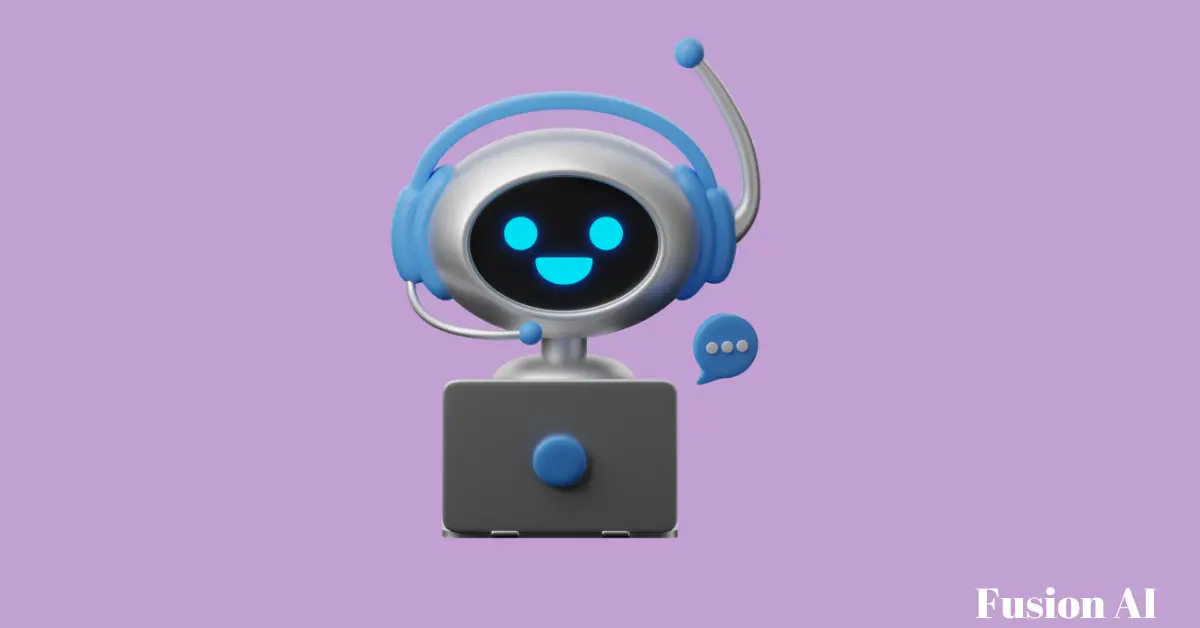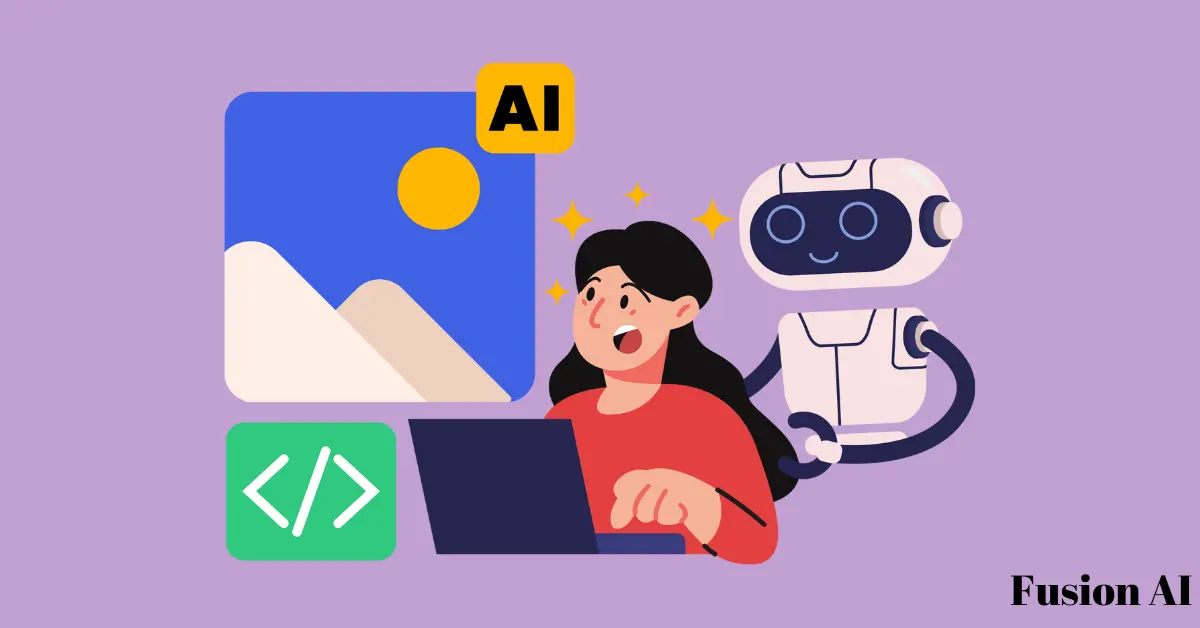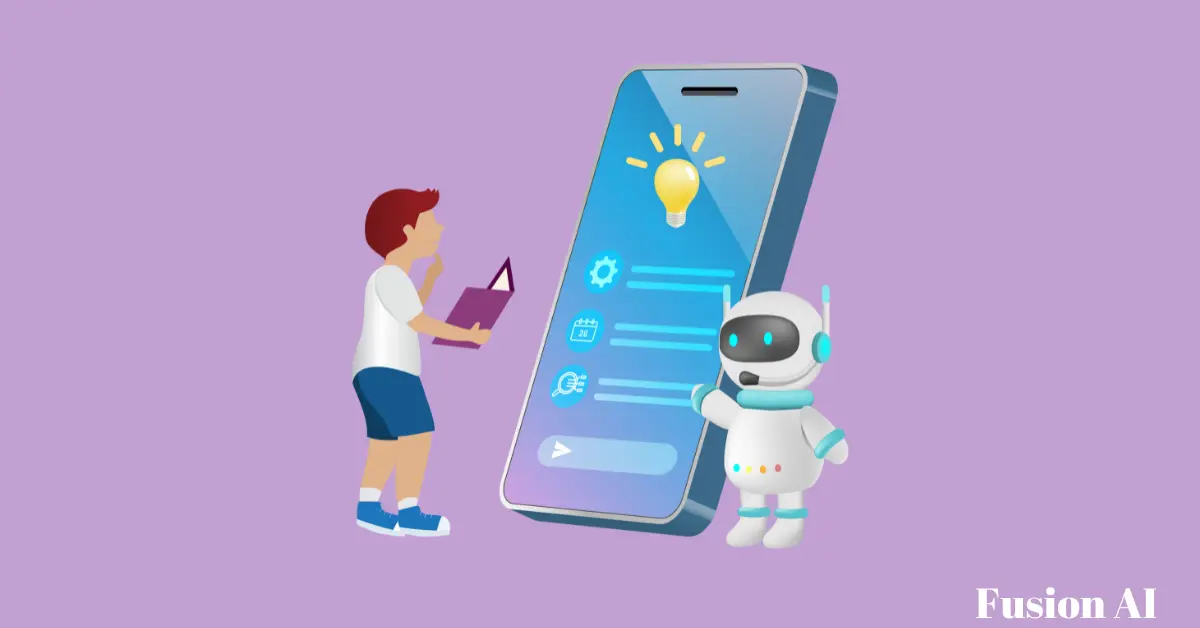11/12/2024
Remember when AI seemed like something only tech enthusiasts or large corporations could harness? Those days are long gone. Today, AI is a game-changer for anyone looking to boost productivity, make smarter decisions, and unleash their creative potential—no coding or data science degree is required!
Why AI is Your New Best Friend

AI tools are designed with simplicity and accessibility in mind. Think intuitive interfaces, drag-and-drop functionality, and ready-made templates that make complex tasks effortless.
Whether you're a small business owner, a creative professional, or simply someone wanting to streamline daily tasks, AI tools can help you achieve more in less time.
What Makes These Tools So User-Friendly?
Intuitive Design: Forget confusing menus and technical jargon. These tools feature clean, user-friendly interfaces with drag-and-drop functions and step-by-step guides.
Template-Driven: Ready-made templates simplify tasks like reporting, social media management, and content creation. It’s like having a professional toolkit at your fingertips.
Automated Suggestions: Built-in AI offers tips and solutions to enhance your productivity, making it easier to achieve your goals without the guesswork.
No-Code Simplicity: Most AI tools require minimal setup, often as easy as installing the software and following on-screen prompts. No coding experience is needed!
Your AI Toolkit: A Tool for Every Task
AI tools come in various shapes and sizes, catering to a wide range of needs. Here’s a breakdown of some of the most popular categories:
1. AI-Powered Analytics Tools
Unlock the secrets hidden within your data without the headache of spreadsheets or code. These tools help you visualize trends, generate reports, and derive actionable insights effortlessly.
Examples:
Google Analytics: Gain in-depth web performance insights.
Power BI: Transform your business data into visually appealing dashboards.
Tableau: Create stunning data visualizations to tell your data’s story.
Real-World Impact: Imagine a small business owner utilizing Google Analytics to monitor website traffic. By analyzing visitor data, they can identify which marketing strategies are most effective, allowing them to allocate resources more efficiently and drive better business results.
2. Virtual Assistants and Chatbots
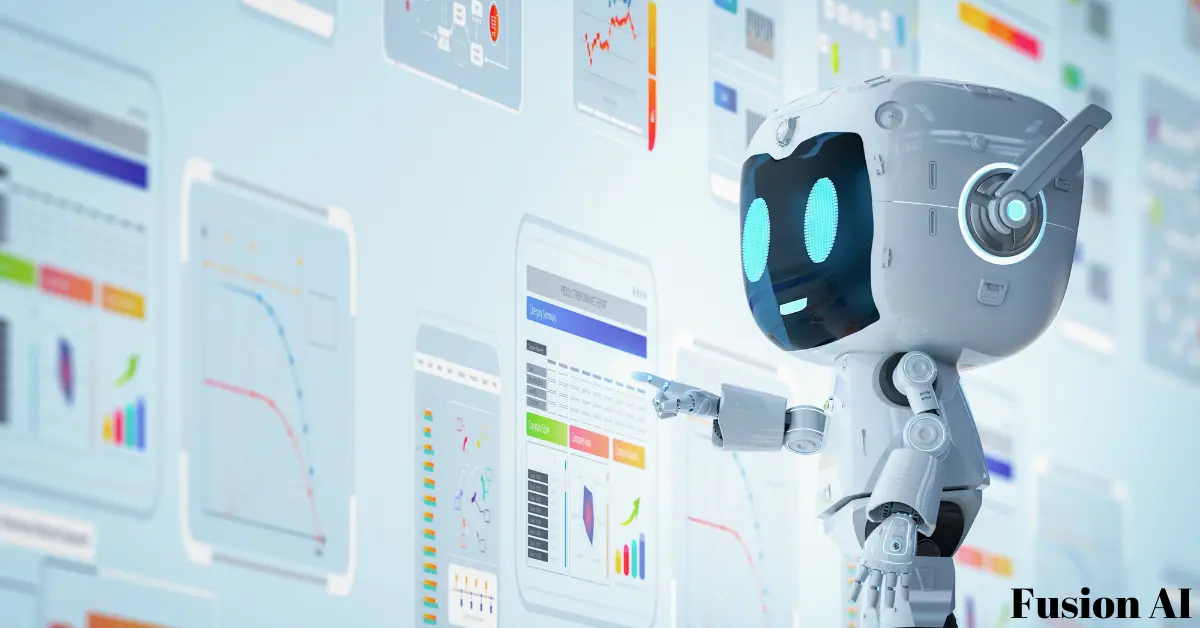
Imagine having a tireless assistant who handles repetitive tasks, answers customer queries, and schedules appointments 24/7. That's the magic of AI-powered chatbots and virtual assistants.
Examples:
Fusion AI: Built by AI Enthusiasts for AI Enthusiasts, Fusion AI simplifies the use of multiple AI tools by integrating top-tier AI models that work seamlessly together. It automates the orchestration of these models to deliver optimal answers, enhancing productivity and creativity.
ChatGPT: Engage in natural, conversational responses.
Google Assistant: Manage voice commands and daily tasks seamlessly.
Intercom: Automate customer support to enhance user experience.
Real-World Impact: Consider a busy real estate office integrating Fusion AI into their operations. The virtual assistant manages client inquiries around the clock, seamlessly coordinating responses from various AI models. This integration reduces response times from hours to minutes, helping the office capture more leads and improve overall efficiency.
3. Automated Marketing Tools
Marketing has never been more accessible. AI helps you automate campaigns, personalize content, and track engagement effortlessly, allowing you to reach your target audience more effectively.
Examples:
HubSpot: Comprehensive marketing automation for end-to-end campaign management.
Mailchimp: Simplify email automation with personalized campaigns.
Hootsuite: Schedule and manage your social media posts with ease.
Real-World Impact: Picture a freelance graphic designer using Mailchimp to automate email newsletters. What once took hours to craft and send can now be done automatically, freeing up valuable time to focus on creative projects and client interactions.
4. AI-Based Image and Video Tools
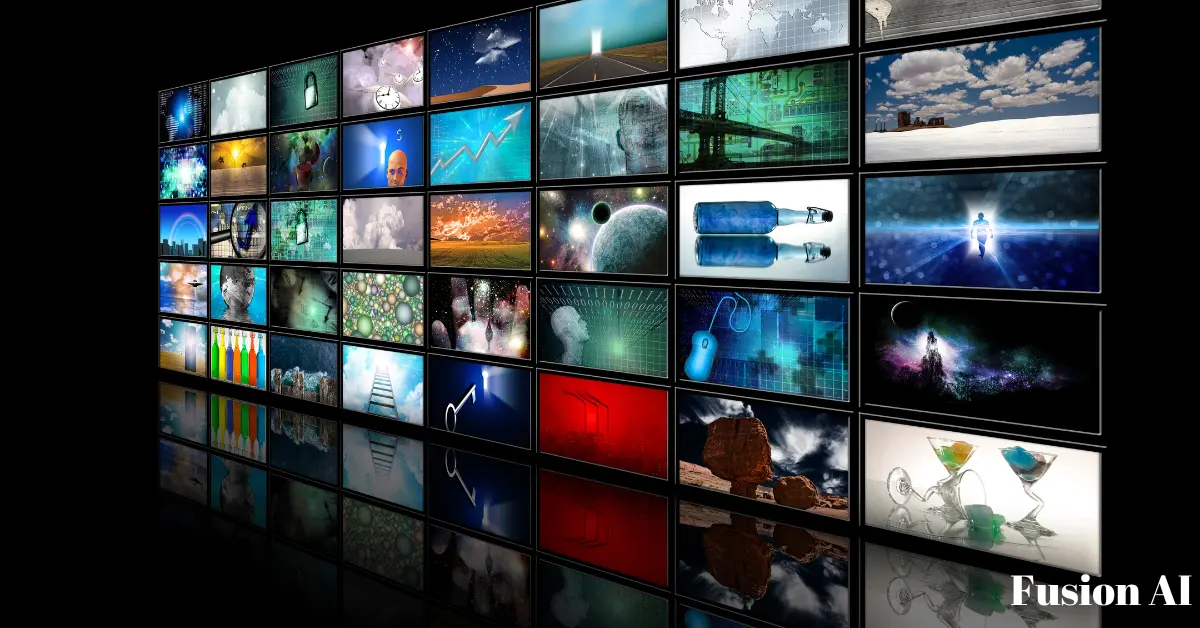
Creating professional-quality visuals used to be reserved for designers. Now, AI makes it possible for anyone to generate stunning graphics or videos in minutes.
Examples:
Canva: Design beautiful graphics with ease, no design degree required.
Lumen5: Turn your blog posts into engaging videos effortlessly.
DALL-E: Generate unique images from simple text prompts.
Real-World Impact: Imagine a fitness coach using Canva to create eye-catching social media posts. With AI-driven design tools, they can produce professional-looking graphics without needing to hire a designer, saving both time and money while maintaining a strong online presence.
5. No-Code AI Tools
Build powerful applications and automate workflows without writing a single line of code. These tools offer drag-and-drop features and customizable templates, making complex processes simple.
Examples:
Bubble: Develop web applications with ease.
Airtable: Manage your databases efficiently without technical skills.
Zapier AI: Automate tasks across multiple apps seamlessly.
Real-World Impact: Envision a project manager using Zapier AI to automate their team's workflow. By setting up automated processes, the team can eliminate routine tasks, significantly boosting efficiency and allowing members to concentrate on more strategic initiatives.
Key Benefits of AI Tools for Non-Technical Users
Increased Accessibility: AI has democratized technology, making advanced tools available to everyone without the need for specialized skills.
Enhanced Productivity: Automate repetitive tasks and focus on what truly matters, with many AI tools offering one-click solutions to time-consuming processes.
Improved Decision-Making: AI-powered insights turn data into actionable strategies, enabling smarter decisions without needing a data analyst.
Best Practices for Using AI Tools
Choose the Right Tools: Start by defining your goals. Whether you aim to streamline communication, enhance analytics, or boost marketing efforts, select tools that align with your needs and fit your budget.
Embrace Training: Utilize tutorials and onboarding resources to maximize the potential of your chosen tools. Familiarizing yourself with a tool's capabilities upfront can save you time and enhance your efficiency.
Maintain Data Quality: High-quality data leads to better outcomes. Ensure your data is clean and up-to-date for accurate, actionable insights.
Overcoming Challenges with AI Tools
Even with user-friendly AI tools, non-technical users might face hurdles such as privacy concerns, budget constraints, and learning curves. Here’s how to tackle them:
Data Privacy: Opt for tools with robust privacy policies and encryption. Ensure that your data is secure and that the tool complies with relevant regulations like GDPR or CCPA.
Cost Management: Look for tools with flexible or tiered pricing plans that allow you to scale up as needed. Many tools offer free versions or affordable starter plans to help you get acquainted without a hefty investment.
Learning Curve: While many AI tools are designed to be intuitive, some might still require a bit of time to master. Take it slow, utilize available tutorials, and don’t hesitate to seek support from customer service or community forums.
Future Trends in AI Tools for Non-Technical Users
AI is rapidly evolving, with emerging technologies like generative AI, enhanced natural language processing (NLP), and AI-driven automation tools leading the charge. These advancements mean that AI tools will continue to become even more accessible and powerful.
Generative AI: Expect more sophisticated tools that can create high-quality text, images, and even code from simple prompts.
Improved NLP: Enhanced NLP will lead to more natural and intuitive interactions with AI tools, making them even easier to use.
Hyperautomation: AI-powered automation will expand beyond individual tasks to encompass entire workflows, streamlining processes across organizations.
Looking Ahead: Satya Nadella, CEO of Microsoft, aptly states, “AI is not just another technology or tool. It’s more like a catalyst for change, the beginning of a new era of intelligent automation that will reshape how we live and work.”
Staying updated on these trends will help you make the most of future AI innovations.
FAQ
What are AI tools?
AI tools are software applications that leverage artificial intelligence to automate tasks, analyze data, and enhance decision-making processes.
Are these tools affordable?
Absolutely! Many AI tools offer free versions or affordable plans suitable for beginners and small businesses.
Can I use them without tech skills?
Yes! Most AI tools for non-technical users are designed to be user-friendly and require little to no coding knowledge.
What is the best low-code AI tool?
Airtable is a popular choice for combining data management with automation features, allowing for complex workflows without heavy coding. Power Automate is another excellent option for integrating various software applications with minimal code.
Which AI tool is better than ChatGPT?
Fusion AI stands out as a superior alternative to ChatGPT, especially for users seeking seamless integration of multiple AI models. Built by AI enthusiasts for AI enthusiasts, Fusion AI simplifies the use of top-tier AI models by orchestrating them to work together harmoniously.
This collaborative approach not only enhances productivity and creativity but also ensures that users receive the most comprehensive and optimized responses without the hassle of managing multiple platforms.
Whether you're looking to automate complex workflows, generate creative content, or analyze data with precision, Fusion AI provides a unified solution that transforms complexity into simplicity, making it an invaluable tool for those passionate about harnessing the full potential of artificial intelligence. J
asper is another strong alternative, particularly for content-focused tasks in marketing, offering specialized features that cater to creating engaging and high-quality content effortlessly.
Conclusion
AI tools are leveling the playing field, offering non-technical users the opportunity to access powerful technology that can transform how they work, think, and create.
By selecting the right tools, staying abreast of new trends, anyone can harness the full potential of AI. The future of work is here, and it’s accessible to everyone!
If you're interested in learning more about our new offerings for business and enterprise, once we are accepting new clients, we will reach out.
Drop your email below

